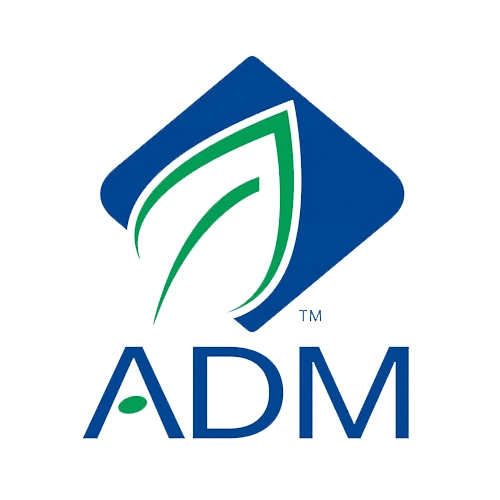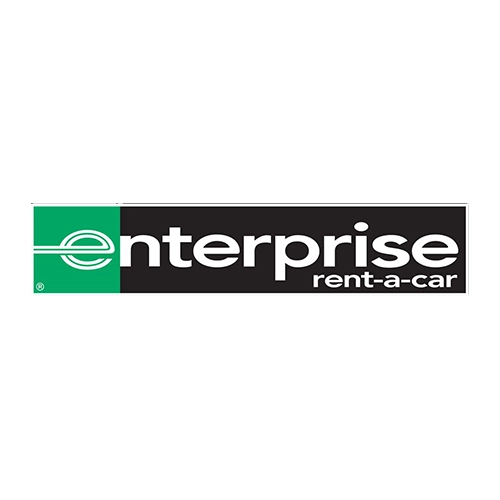
THE BENEFITS OF INSTALLING SPEED BUMP SIGNS IN RESIDENTIAL AREAS
Speeding is a serious issue in residential areas, and it can have disastrous consequences. This problem is compounded by the fact that many drivers are simply unaware of their surroundings or don’t understand the dangers of speeding in residential areas. Speed bump signs are an effective solution to this problem, as they alert drivers to slow down and provide a physical deterrent in the form of a speed bump. In this blog, we will discuss the benefits of installing speed bump signs in residential areas and provide guidelines for their installation and maintenance.
Addressing the Problem of Speeding in Residential Areas
Speeding is a common problem in residential areas, and it can result in serious accidents and injuries. Installing speed bump signs is a proactive measure that can help to reduce the risk of accidents and keep everyone safe. By addressing the problem of speeding, we can help create a safer and more pleasant environment for all residents.
Understanding the Risks of Speeding in Residential Areas
Speeding in residential areas poses significant risks to pedestrians, cyclists, and drivers alike. Children playing, pets running, and cyclists riding can be easily hit by a speeding vehicle. In addition to the risk of accidents, speeding can also increase noise levels, reduce property values, and create an overall sense of unease in the community.
How Speed Bump Signs Help to Reduce Speeding
Speed bump signs work by alerting drivers to slow down and providing a physical deterrent in the form of a speed bump. When drivers see a speed bump sign, they are more likely to reduce their speed, creating a safer environment for everyone. Speed bumps are also effective at slowing down traffic in areas where there are a lot of pedestrians, such as near schools or parks.
Different Types of Speed Bump Signs
There are various types of speed bump signs available on the market. The type of sign you choose should depend on the specific requirements of your residential area. Here are some of the most common types of speed bump signs:
Reflective Speed Bump Signs
These signs are made of reflective materials that make them visible even in low-light conditions. These signs are ideal for areas that experience heavy traffic at night.
Solar-Powered Speed Bump Signs
These signs are equipped with solar panels that power the LED lights on the sign. These signs are energy-efficient and can be seen from a distance even during the day.
Rubber Speed Bump Signs
These signs are made of durable rubber and are designed to withstand harsh weather conditions. Besides being lightweight, they are simple to install.
Guidelines For Installing Speed Bump Signs
When it comes to installing speed bump signs, it is important to follow certain guidelines to ensure they are effective in reducing speeding in residential areas. Here are some guidelines to consider:
Place signs at strategic locations
The signs should be placed in areas where they are easily visible to drivers, such as at the beginning and end of a speed bump zone.
Use the appropriate sign height
The height of the sign should be appropriate to the height of the speed bump. The sign should be positioned at a height that allows drivers to see it from a distance.
Consider the speed limit
The sign should display the appropriate speed limit for the area. The speed limit should be set at a level that encourages drivers to slow down.
Follow local regulations
Before installing speed bump signs, it is important to check local regulations regarding their installation. Some municipalities may require permits or have specific guidelines for the placement of these signs.
By following these guidelines, you can ensure that the speed bump signs are effective in reducing speeding and increasing safety in residential areas.
How To Maintain Speed Bump Signs
Speed bump signs require regular maintenance to ensure that they remain effective. This includes regular cleaning and inspection for signs of damage or wear and tear. If any damage is found, the speed bump sign should be repaired or replaced as soon as possible to ensure that it continues to work effectively.
Overcoming Objections To Speed Bump Signs
Some residents or drivers may object to the installation of speed bump signs, citing concerns such as noise, damage to vehicles, or reduced property values. However, these objections can be overcome through education and communication about the benefits of speed bump signs and their importance in ensuring safety. By addressing these objections and providing accurate information, it’s possible to create a safer environment for all residents.
Conclusion
Installing speed bump signs in residential areas is an effective way to address the problem of speeding and make residential areas safer for everyone. By understanding the risks of speeding, choosing the right type of speed bump sign, following guidelines for installation and maintenance, and addressing objections through education and communication, we can make our communities safer for all.
Speed bump signs are a proactive measure that can help prevent accidents and ensure that everyone can enjoy a safe and pleasant environment.





















